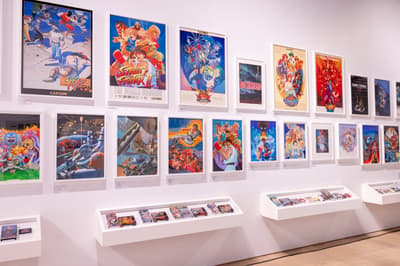Tokyo is a metropolis with deep cultural attractions. On this page, we introduce six must-see cultural spots in Tokyo, a city where tradition and modernity merge, from old Japanese traditions to landmarks that symbolize and allow you to experience Japan’s unique culture!
Click here to learn more about Tokyo.
Kabukiza Theatre (歌舞伎座)
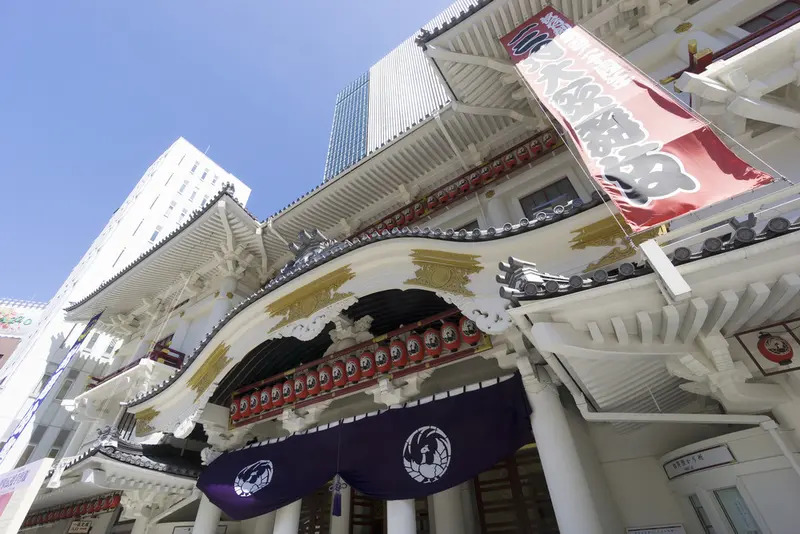
Kabuki is a traditional Japanese performing art with a history of over 400 years and is listed as a UNESCO World Intangible Cultural Heritage. The Kabukiza Theatre in Ginza, opened in 1889, is a dedicated Kabuki theater. In 2013, Kabukiza Theatre underwent renovation, and the new Kabuki-za Tower was added. This expansion transformed it into a facility that offers not only theater but also shopping, galleries, restaurants, and a rooftop garden.
Though traditional Japanese performing arts might seem complex and difficult to grasp, the availability of English audio guides and the option to view a single act (allowing for a brief, focused experience at a reasonable price) make enjoying Kabuki worry-free. So, please don’t hesitate to visit!
Official website: https://www.kabukiweb.net/theatres/kabukiza/kabukiza-information/
Senso-ji(浅草寺)
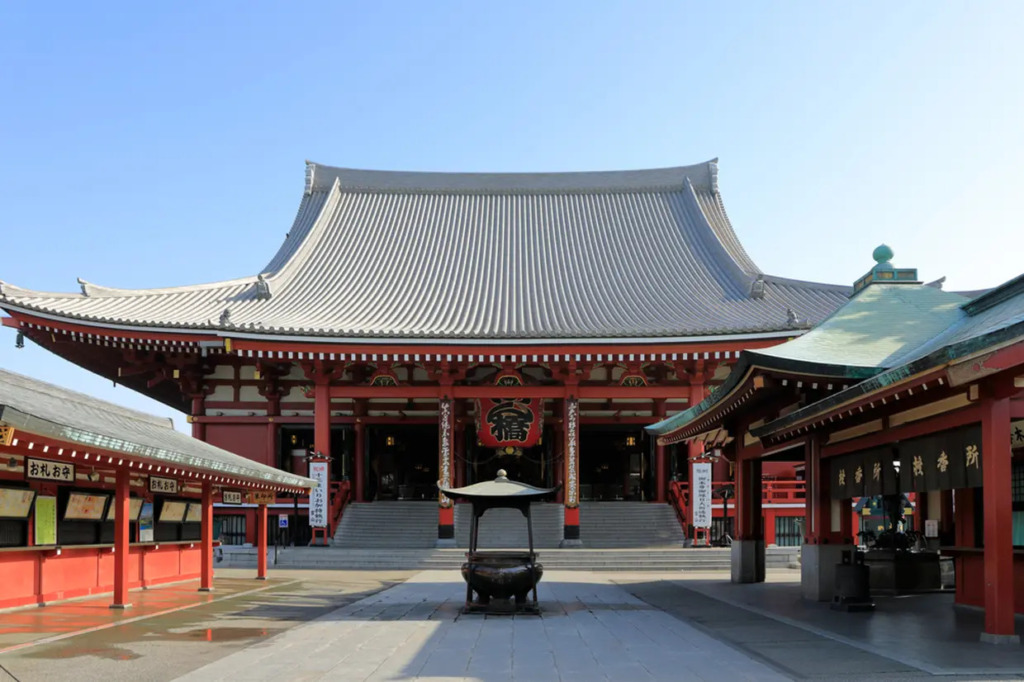
–
Senso-ji Temple is a representative landmark of Tokyo and the oldest temple in Tokyo, founded in 628. It is famous for the large paper lantern of the “Kaminarimon” (Thunder Gate), whose picture appears prominently in guidebooks, and is also the site of grand Hatsumode (New Year’s visit) and other Japanese cultural annual events.
A distinctive feature of the omikuji (fortune slips) at Sensoji Temple is their reputation for containing more bad luck compared to others. This stems from a traditional 70:30 ratio of good to bad fortunes that temples and shrines used to adhere to. While many have shifted towards offering more good fortunes to avoid discouraging visitors with too many negative outcomes, Senso-ji Temple maintains this original ratio. Consequently, it has garnered a reputation for having a higher chance of drawing “bad luck” fortunes than other places.
Official website: https://www.senso-ji.jp/english/
Meiji Jingu(明治神宮 )
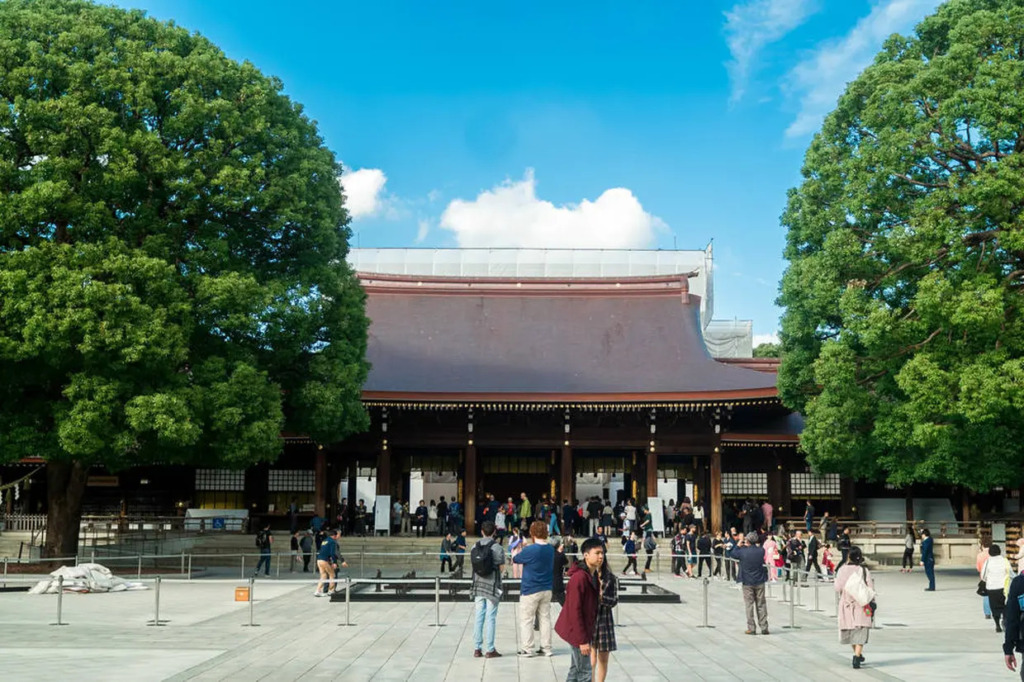
Meiji Jingu Shrine is visited by many people because of its location near the shopping streets of Harajuku, Omotesando, and Shibuya, where new culture and fashion can be enjoyed. The shrine is said to offer a wide range of blessings, including prayers for family safety, physical safety, love fulfillment, good marriage, success in school, and prosperous business. The shrine’s spacious grounds are a place of relaxation surrounded by rich nature, and are dotted with famous power spots.
Official website: https://www.meijijingu.or.jp/en/
Tokyo National Museum (東京国立博物館)
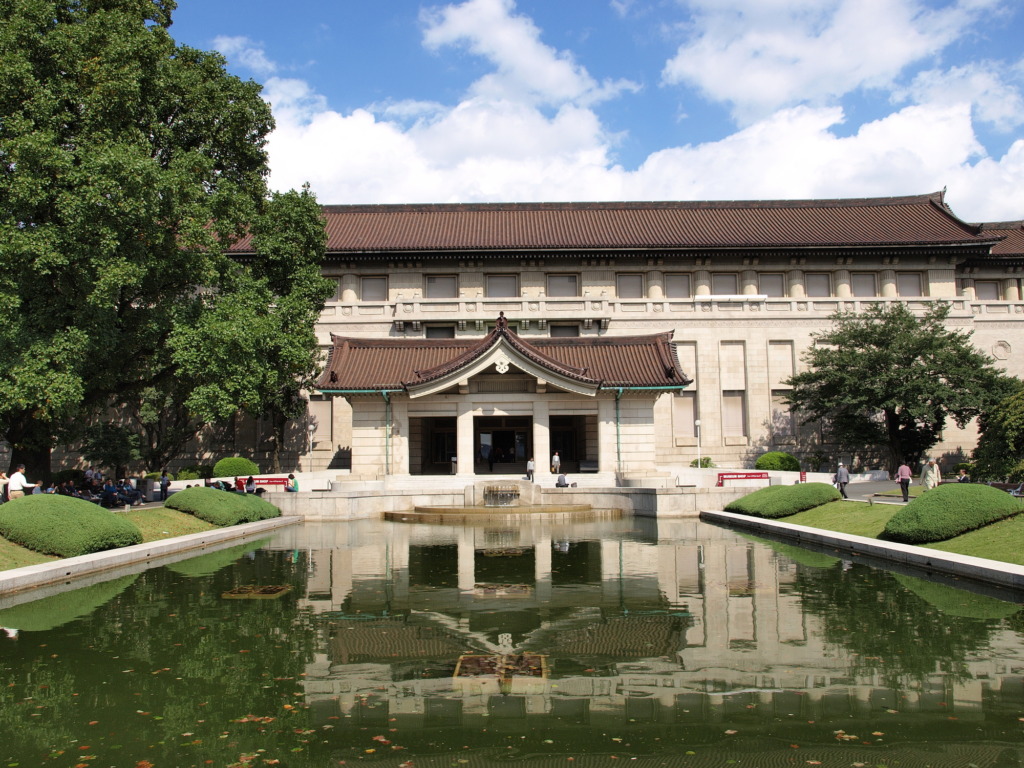
Founded in 1872, the Tokyo National Museum is the oldest museum in Japan. The buildings are divided by 6 exhibits: Honkan for Japanese art, Heiseikan for Japanese archaeology, Toyokan for oriental art, The Gallery of Horyuji Treasures for the collection of Horyuji Treasures, Hyokeikan for special exhibitions and events, and Kuroda Memorial Hall, which exhibits the works of Kuroda Seiki, a Western-style painter, is located off-site. Almost every week, one of the galleries changes its exhibits, so visitors can make new discoveries no matter how many times they visit.
Official website: https://www.tnm.jp/?lang=en
Takeshita Street (竹下通り)
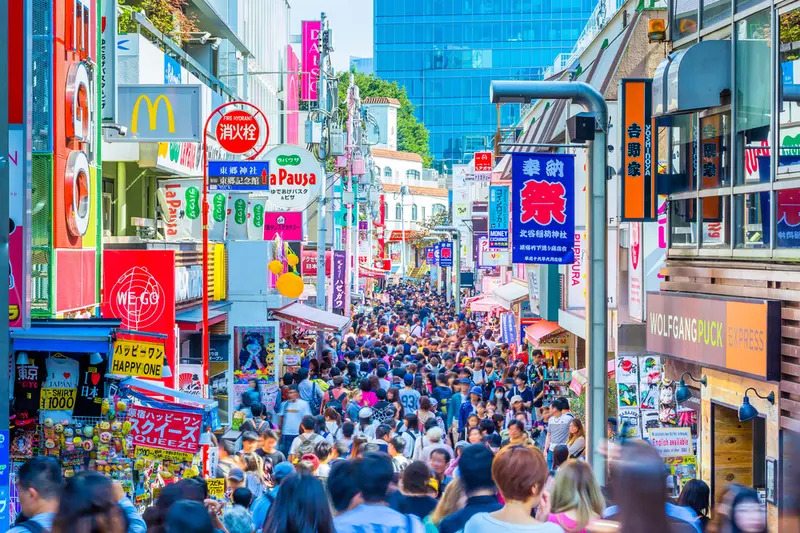
Located right in front of Harajuku Station, Takeshita Street is a 350 meter long street filled with the latest trends. You can enjoy the hottest sweets, Instagram-worthy spots, trendy Korean fashion and cosmetics, and more.
Takeshita Street has been lined with many fashion and trendy stores for young people for about 30 years, and has been featured in many media and is a famous sightseeing spot for students and foreign tourists. As times change, the area continues to be talked about as an area that is always at the forefront of the latest fashions and trends of the times.
In the late 1990s, Takeshita Street was also famous as a mecca for gothic lolita fashion, and many young people dressed in flashy makeup and gothic lolita fashions walked along the street. In addition to fashion, “eating crepes in Takeshita Street” was considered a status symbol.
In recent years, the area has become famous as the home of Japan’s “KAWAII” culture, with not only general merchandise and fashion stores targeting junior high and high school students, but also an increasing number of Instagram-worthy sweet stores.
Shibuya Scramble Crossing (渋谷スクランブル交差点)

Shibuya Scramble Crossing is an intersection where people come and go every time the light turns green. It is the most crowded intersection in Shibuya, one of the most fashionable and bustling areas in Tokyo. To begin with, a scramble intersection is an intersection where cars are completely blocked from entering the intersection and only pedestrians are allowed to cross. All pedestrian signals turn green, allowing pedestrians to cross the intersection diagonally.
At its peak, there are 3,000 people crossing the street at a single green light! It has also been the setting for many movies, both domestic and international. When you come to Tokyo, please take a look at this symbolic sight of the city. You will surely be overwhelmed!

